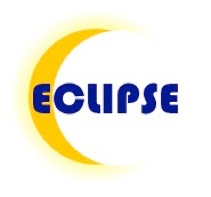Annie was a participant in the Understanding Chemical Bonding Project.
She was interviewed on 4 occasions during her two year A level course.
A double bond is different to a covalent bond
Atoms within an element don’t need to be bonded because they’re all the same sort
Cause and effect?: People go to different places because of what they are wearing
Do the forces from the outer shells push the protons and the neutrons together?
Electrons would be different because they would actually contain some of the element
Iodine's got a larger force that lithium, so it will pull towards the lithium more
K-plus represents a potassium atom that has an extra electron
Plus and minus signs represent the charges on neutral atoms
Single bonds are different to covalent bonds or ionic bonds
The circle in a benzene ring shows where the electrons are
The force of lack of electrons pulls two hydrogen atoms together
Two hydrogen atoms share an electron each so they’ve got two electrons between them
(Annie's case was reported in a paper published in the journal Research in Science & Technological Education. Details of Dr Taber's publications may be found here)
Return to ECLIPSE homepage
List of science topics

Dr Keith S Taber kst24@cam.ac.uk
University of Cambridge Faculty of Education
© Keith S Taber, 2012